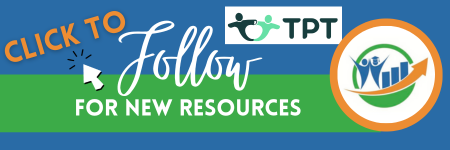How to Use Data to Drive Personalized Math Instruction (Without Burning Out)
- MacKenzie Blaase
- Jun 16
- 2 min read
Updated: Sep 16
By MacKenzie Blaase

Personalized learning is no longer a luxury—it’s an expectation. But with so much data available, teachers often feel more overwhelmed than empowered. The good news? With the right tools and strategies, you can harness data to personalize instruction without adding hours to your workload. Here’s how to make student data work for you—not the other way around.
Step 1: Let Tech Do the Heavy Lifting
You don’t have to track everything by hand. Tools like Khanmigo, IXL Math, and Delta Math automatically collect skill-based data as students work through problems.
These platforms:
Adjust in real time based on performance
Create individual learning paths
Generate clear progress reports for you to review
Step 2: Keep Formative Checks Simple
Want more control? Use Google Forms or digital exit tickets to check for understanding after each lesson.
You’ll get:
Immediate feedback on class-wide trends
Quick snapshots of individual strengths and gaps
Data you can use the very next day

Step 3: Sort Students into Flexible Groups
Once you identify learning gaps, group students by readiness—not by label.
Technology can help here too:
Use dashboards to group by skill
Offer tiered practice through adaptive platforms
Rotate students through stations (tech + teacher-led) based on need

Step 4: Personalize Without Starting from Scratch
You don’t have to write 30 different lesson plans.
Instead:
Assign custom problem sets in Delta Math.
Use MagicSchool.ai to differentiate prompts.
Flip instruction with Edpuzzle videos based on data insights.
Step 5: Monitor Progress & Adjust as Needed
Data isn’t just for identifying problems—it’s for celebrating growth, too.
Set a routine:
Review dashboards weekly
Celebrate small wins with students
Adjust groups, assignments, or pacing based on what the data shows
Final Takeaway: Small Shifts Make Big Impact
You don’t need a complex data system to personalize learning. Start with one tool, one strategy, and one routine that works for you. The best part? You’ll spend less time guessing—and more time teaching.
Would you like to Collaborate? Contact Us.




